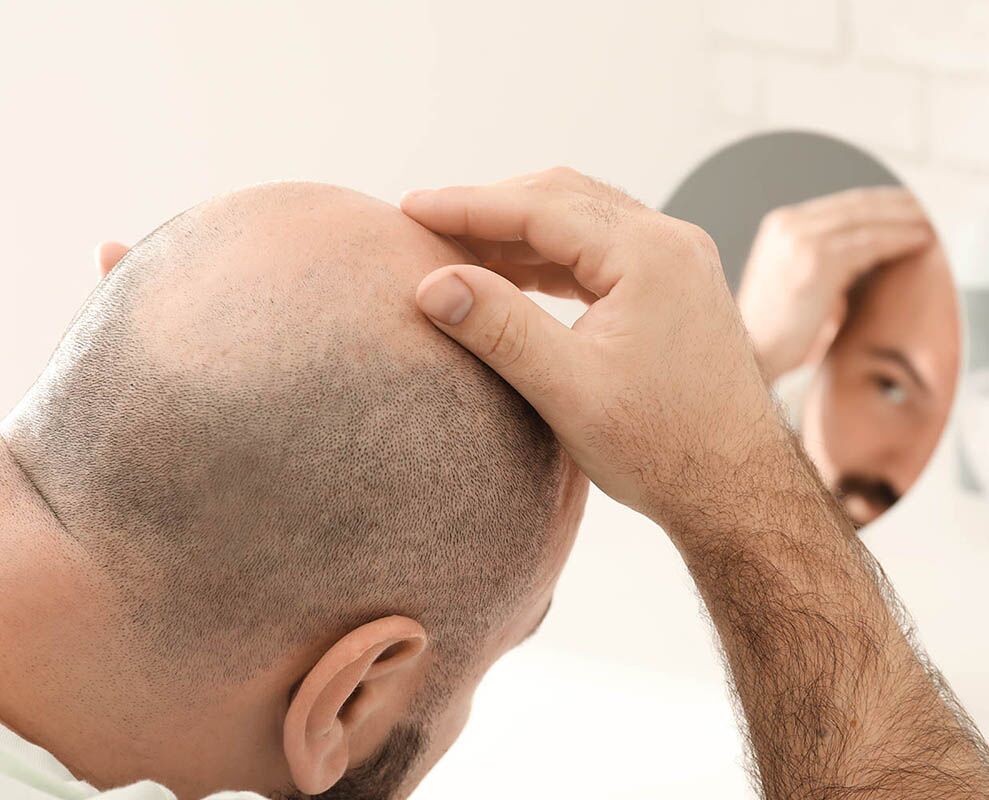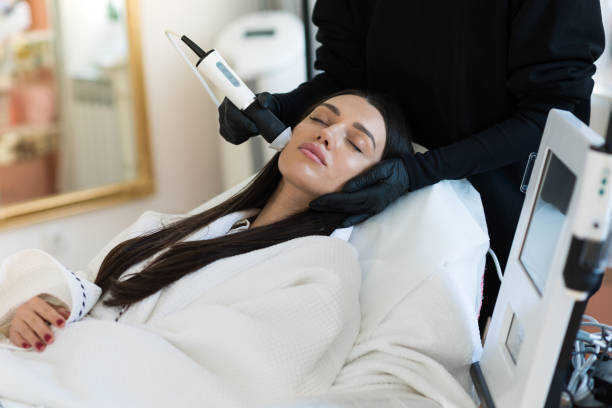Alopecia, a condition causing hair loss that can be patchy or diffuse, affects many individuals seeking lasting solutions. For those considering a hair transplant in Dubai( زراعة الشعر في دبي), understanding the available treatment options specifically for different types of alopecia is crucial. Not all hair loss conditions respond the same way to transplantation, so exploring the right approach tailored to your condition can optimize results and satisfaction.
Understanding Alopecia and Its Types:
Common Forms of Alopecia:
Alopecia refers broadly to hair loss and can be classified into several types:
-
Androgenetic Alopecia: The hereditary, progressive thinning seen mostly on the scalp’s crown and front.
-
Alopecia Areata: An autoimmune disorder causing patchy hair loss.
-
Cicatricial Alopecia (Scarring Alopecia): Hair loss accompanied by scarring and permanent follicle damage.
-
Telogen Effluvium: Temporary shedding caused by stress or illness.
Each type requires different approaches when considering hair restoration.
How Alopecia Affects Transplant Suitability:
Not all alopecia types are ideal candidates for transplantation due to factors like inflammation or scar tissue. Consulting with a specialist helps identify the best path forward.
Hair Transplant Options for Androgenetic Alopecia:
Follicular Unit Extraction (FUE):
FUE remains the most popular technique for androgenetic alopecia, offering minimally invasive follicle harvesting with quick recovery.
Benefits:
-
No linear scar
-
Natural-looking results
-
Suitable for small and large areas
Follicular Unit Transplantation (FUT):
Also known as the strip method, FUT involves removing a strip of scalp to harvest follicles.
When to Consider FUT:
-
When larger graft numbers are needed
-
Donor area with dense hair
-
Patients without scar sensitivity
Addressing Alopecia Areata with Hair Transplantation:
Challenges of Transplant in Autoimmune Hair Loss:
Alopecia areata’s unpredictable nature and active inflammation can cause transplanted follicles to be rejected or lost.
Key Considerations:
-
Transplants are generally recommended only in stable, inactive stages
-
Combining with immunotherapy may improve success
-
Close monitoring after surgery is essential
Alternative Treatments Alongside Transplant:
-
Corticosteroid injections to reduce inflammation
-
Topical immunotherapy
-
PRP therapy to stimulate growth
Managing Cicatricial Alopecia and Transplant Possibilities:
Understanding Scarring Alopecia:
This condition destroys hair follicles permanently, often leaving scar tissue where hair used to grow.
Transplantation Challenges:
Scar tissue has poor blood supply, which may impact graft survival and healing.
Potential Solutions:
-
Scar revision or removal before transplant
-
Use of platelet-rich plasma (PRP) to enhance scalp vascularity
-
Careful patient selection and surgical technique
Non-Surgical Options Complementing Transplants:
Platelet-Rich Plasma (PRP) Therapy:
PRP involves injecting concentrated platelets to stimulate hair growth and healing.
Benefits:
-
Supports follicle health post-transplant
-
Reduces inflammation in autoimmune alopecia
-
Can improve scalp condition pre-transplant
Low-Level Laser Therapy (LLLT):
LLLT uses light energy to stimulate follicles and improve hair density.
Medical Treatments:
-
Minoxidil and finasteride for androgenetic alopecia
-
Immunomodulators for alopecia areata
Why Choosing the Right Clinic Matters:
Expertise in Diagnosing Alopecia:
Accurate diagnosis is critical to avoid unnecessary or ineffective treatments.
Customized Treatment Plans:
Leading clinics offering hair transplant ( زراعة الشعر)combine medical and surgical options tailored to each patient’s alopecia type.
Post-Operative Support:
Comprehensive aftercare ensures better graft survival and scalp health.
Preparing for Your Hair Transplant Consultation:
Important Questions to Ask:
-
What type of alopecia do I have?
-
Am I a suitable candidate for transplantation?
-
Which technique is best for my condition?
-
What are the expected outcomes and risks?
-
What post-op care will be required?
What to Bring:
-
Medical history related to hair loss
-
Family history of alopecia or hair loss
-
List of current medications or treatments
Recovery and Results Expectations:
Healing Timeline:
-
Initial redness and swelling subside in 1–2 weeks
-
Shedding of transplanted hair may occur (shock loss) before new growth starts
-
Noticeable growth usually begins after 3–4 months
-
Full results typically visible between 9–12 months
Factors Influencing Success:
-
Type and stability of alopecia
-
Surgical technique used
-
Post-op care and compliance
-
Overall health and nutrition
Final Thoughts:
Hair transplant solutions for alopecia vary widely depending on the specific type and progression of hair loss. While androgenetic alopecia patients often benefit greatly from transplant procedures like FUE and FUT, those with alopecia areata or scarring conditions must approach surgery cautiously, often combining it with medical therapies. Clinics specializing in hair transplant in Dubai are equipped with the latest diagnostic tools and treatment modalities to ensure personalized, effective care. If you’re struggling with alopecia, consulting experts who understand the nuances of this complex condition can open the door to restoring both your hair and confidence.







0 Comments